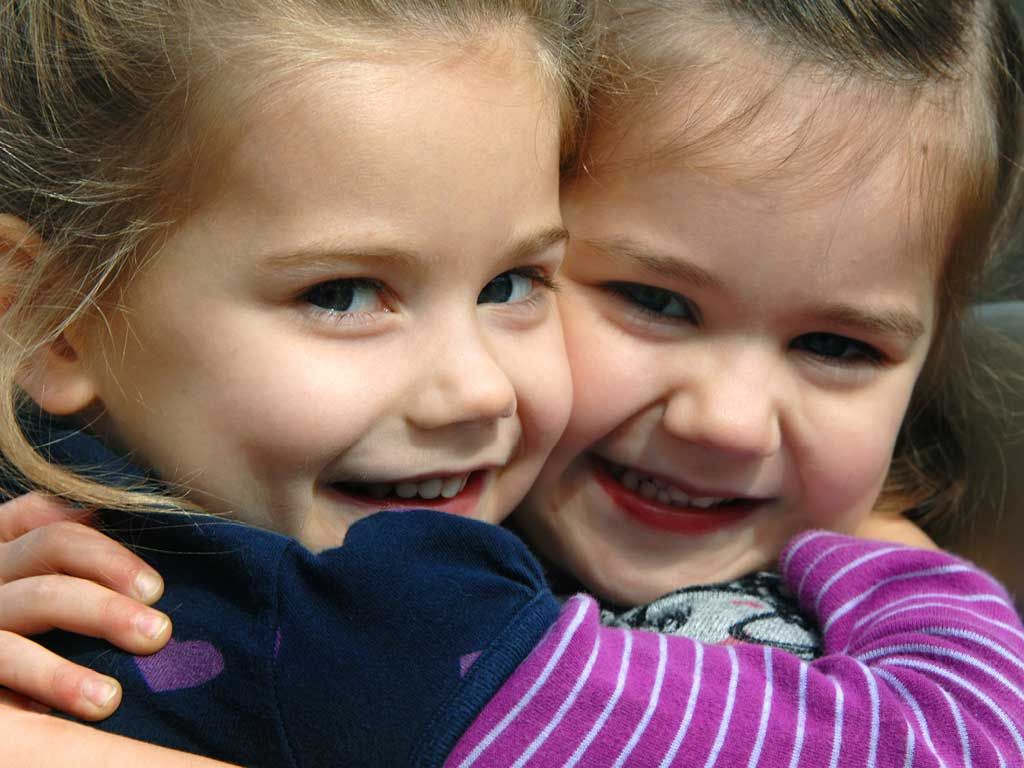
Staff at CEDARS know how important hope is for the children and youth we serve every day. The trauma that many of them have experienced in their lives can lead to hopelessness. Even small disappointments, such as a bad grade, a meal with disliked foods, or a favorite item of clothing unavailable to wear can fuel this feeling. That’s when it’s our job as caring adults to give comfort and compassion to a child. Let the child or youth know that they are not alone, that you will be there with them through this situation every step of the way.
The Alliance for HOPE International says that “Hope is the single best predictor of well-being compared to any other measures of trauma recovery.”
When children experience neglect, abuse, homelessness or other traumas in their young lives, what we can do as caring adults is to help them find hope in their future. Even for children who have not experienced such trauma, hope is an important indicator of quality of life. According to the Alliance for HOPE International, published studies from top universities indicate that hope is the best predictor for a life well-lived.
A life well-lived is something we want for all of our loved ones, both child and adult alike.
The Alliance for HOPE International goes on to say, “More significantly, hope is measurable, teachable, and cultivable.”
Hope is not a personality trait that some are born with, while others aren’t. We can model it for our children when we persevere through difficulties. We can point it out to in the stories we read or watch with them. We can even encourage them to instill hope in their friends or even strangers when we do good this holiday season.

